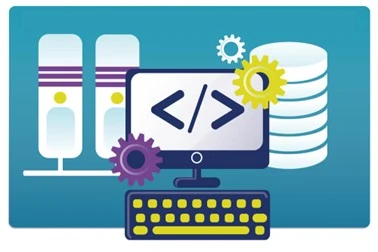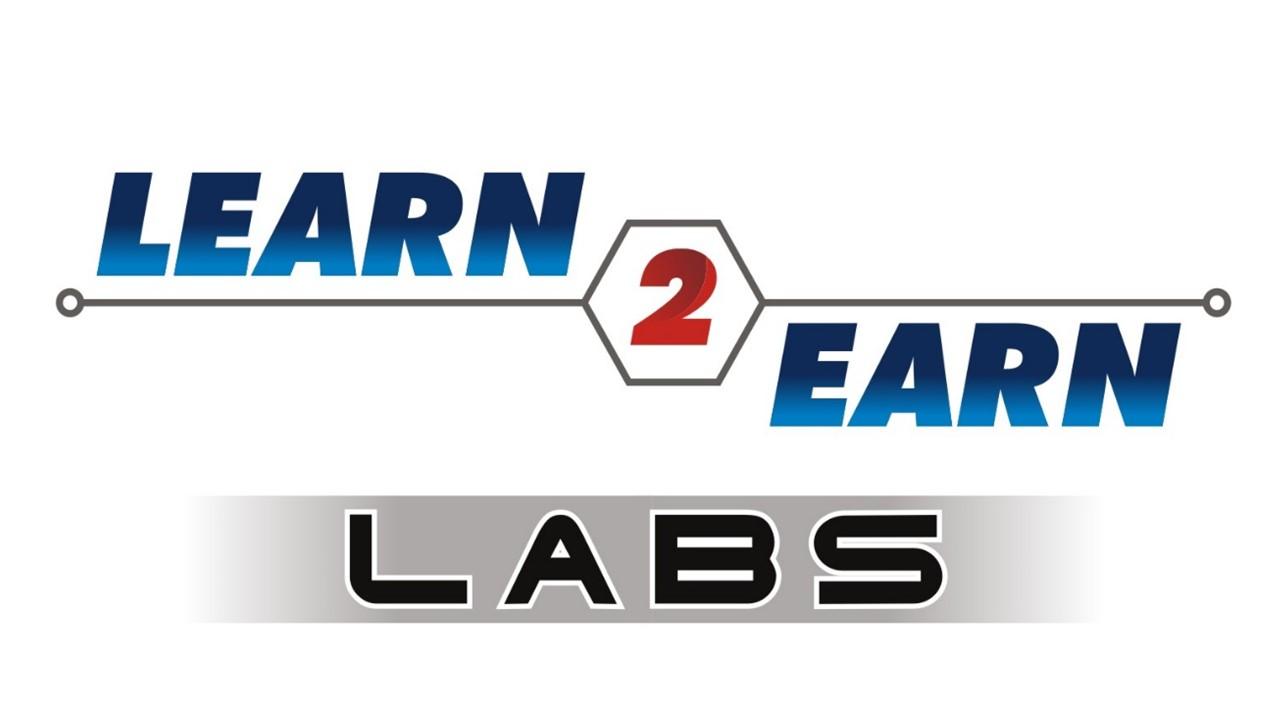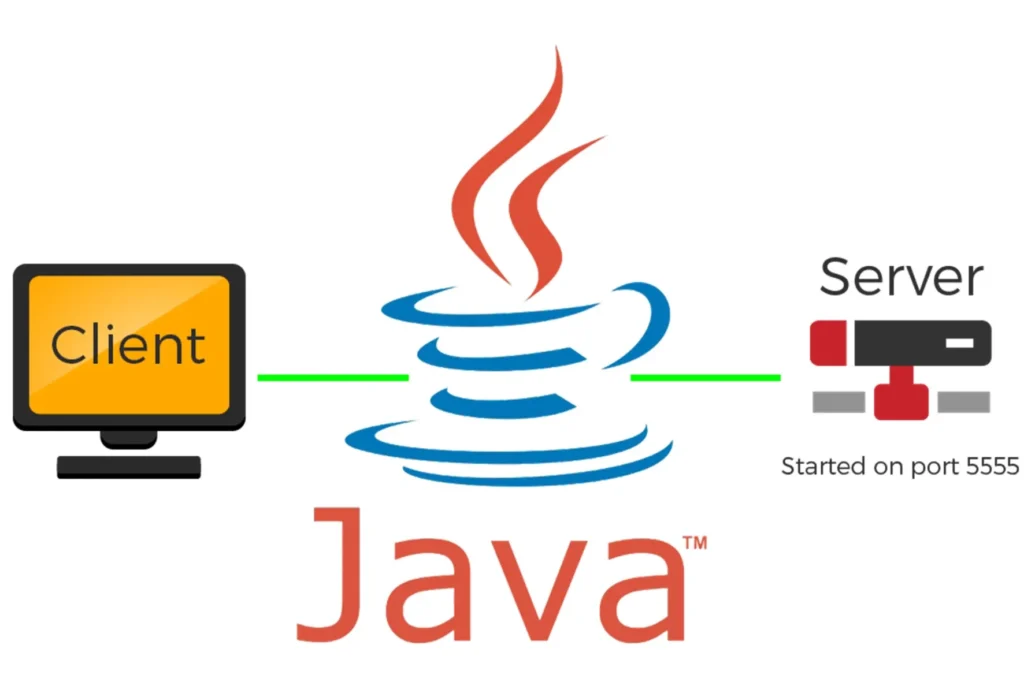
Why Should You Join Back-End Development Training?
High Demand
Back-end development skills are highly sought after because companies need strong, scalable server-side applications to handle data management, APIs, and intricate functionalities, resulting in a wealth of career opportunities.
Problem-Solving and Logical Thinking
Back-end developers tackle complex challenges that include data processing, optimization, and the development of efficient algorithms. This work not only sharpens their logical thinking and programming skills but also allows them to contribute to meaningful solutions.
Lucrative Career Opportunities
Back-end developers, with their expertise in server-side technologies, frequently land lucrative jobs, benefit from career stability, and find a wide range of opportunities in various sectors such as finance, healthcare, and technology.
Collaboration with Front-End Developers
Back-end developers are essential in building smooth connections between server-side applications and front-end interfaces. They work closely with designers and front-end developers to create complete digital experiences.
Training Roadmap
Back-End Development
A back-end developer focuses on building the server-side logic and database management of websites or applications. They use languages such as Node.js, Python, Ruby, and PHP to develop APIs, handle data processing, and ensure efficient communication between the server and front-end. By collaborating with front-end developers, they ensure that the application performs seamlessly, is scalable, and remains secure across various platforms. They also work on optimizing performance, managing data storage, and ensuring application reliability and security.
Server-Side Programming Languages
Database Management and SQL
API Development and Integration
Authentication and Security
Version Control with Git and GitHub
Performance Optimization and Scalability
Career Options After Completing Front-End Development Course
As a front-end developer, you’ll find a variety of job opportunities available. You can work for companies, team up with design and development groups, or even take on freelance projects to advance your career successfully.
Entry-Level Career Options
After completing training, you can apply for various job roles, like
- Back-End Developer
- API Developer
- Database Administrator
- Junior Software Engineer
- DevOps Engineer
- System Administrator
Top-Level Career Options
After two to five years of experience, you can apply for job roles, like
- Senior Back-End Developer
- Lead Software Engineer
- Back-End Architect
- DevOps Architect
- Technical Product Manager
- Cloud Solutions Architect
Back-End Development Training Program
This program aims to provide students with the essential skills and practical experience required to create strong and scalable server-side applications. It emphasizes the development of effective back-end logic, database management, and API integration. By engaging in hands-on projects and utilizing advanced techniques, students acquire proficiency in server-side technologies, enabling them to develop secure, high-performance solutions and foster innovation in back-end development.

Practice-Based Training
Training program available in 24 months duration

Live Project Work
To build your hands-on expertise

Resume Building Assistance
To create an attractive resume for you

Interview Preparation
So you can present yourself in a better way

Mentoring & Job Assistance
To help you in getting good career or placements
Who Can Join
- Any graduate or post-graduate student from B.Tech or M.Tech (any specialization), BCA or MCA, B.Sc. or M.Sc. (CS/IT) can join the Back-End Development training program. The student must have secured at least 60% marks throughout their graduation or post-graduation degree to be eligible for the job guarantee promise.
- Additionally, working professionals from computer science or IT backgrounds who are looking for career advancement, salary hikes, or promotions can also join the Back-End Development training program to enhance their skills and opportunities.
Training Mode
Online Live Classes are also available
- 4x more effective way of learning
- Hands-on experience with projects & assignments
- Virtual class with real interaction with trainer
- Monitoring support & troubleshooting issues
- Masterclass from industry experts & leaders
- Live class recordings for revision purposes
Back-End Development Training in Agra
Learn2Earn Labs
F-4, First Floor, Anna Ikon Complex, In Front of Deviram Food Circle, Sikandra-Bodla Road, Sikandra, Agra, Uttar Pradesh – 282007
Call: +91-9548868337
Program Details
Feel free to call
Request More Information
Download Syllabus
Apply Now
Please enter the following details to initiate your application for Back-End Development training program offered by Learn2Earn Labs, Agra
Eligibility Crietaria
Any graduate or postgraduate from computer science background.
Basic knowledge of programming and databases.
Interest in back-end development and server-side logic.



